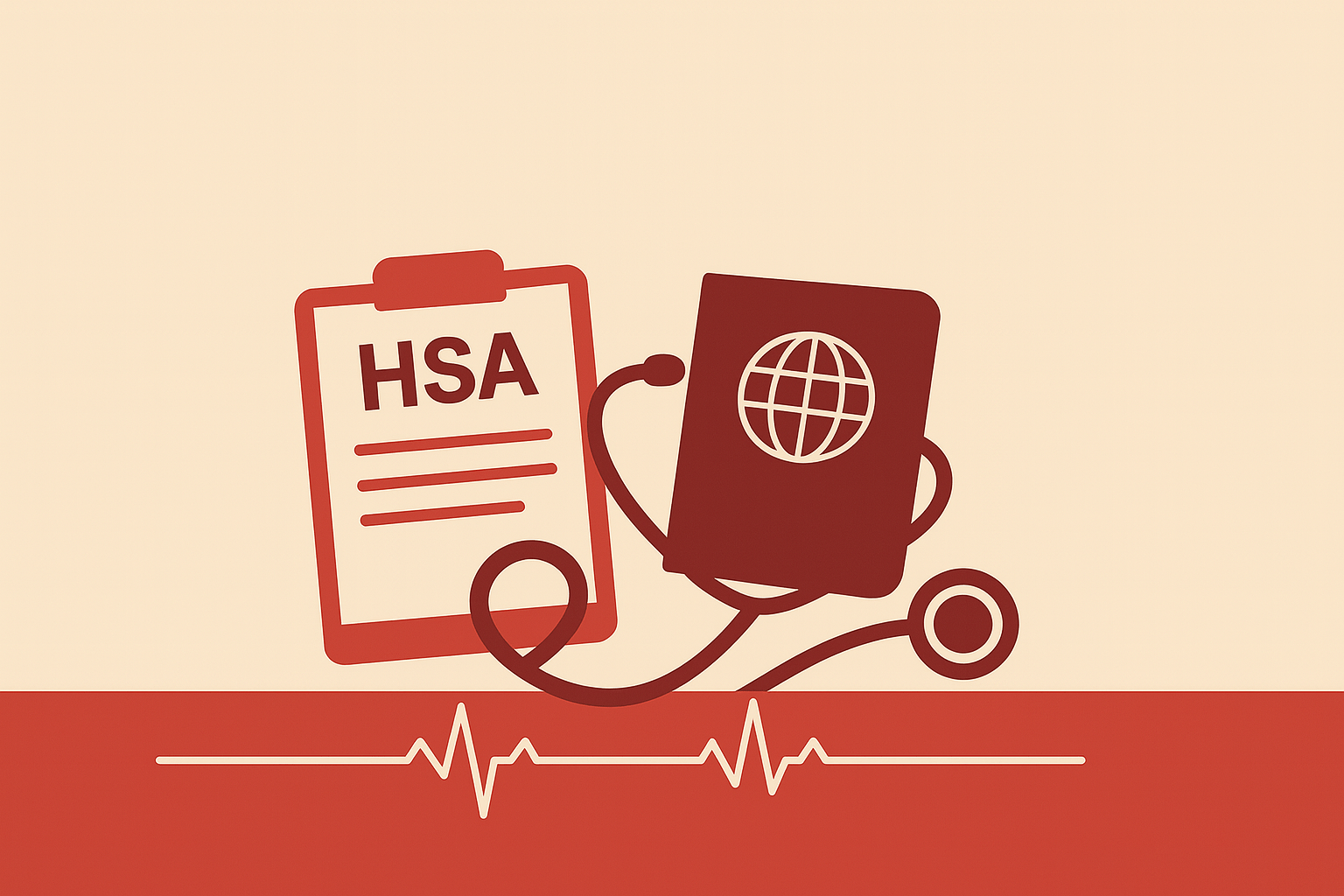Understanding Health Spending Account Rollover Rules in Canada

Introduction
Health Spending Accounts (HSAs) offer a flexible and cost-effective way for businesses in Canada to provide health benefits to their employees. However, to ensure these accounts are used effectively and in accordance with Canadian Revenue Agency (CRA) guidelines, it's important to understand the rules surrounding HSA rollovers.
Incorporating Risk to Qualify
A fundamental requirement for an HSA to qualify under CRA regulations is the inclusion of an element of risk. This is achieved by setting a spending or benefit limit that must be utilized within a designated timeframe. If an HSA were to allow benefits to accumulate indefinitely without any stipulated annual limits, it would not meet the CRA's definition of providing a reasonable degree of risk. Consequently, such an arrangement would transform the HSA into a taxable benefit, disqualifying it from offering tax-free health benefits.
Rollover Mechanism Explained
For a typical HSA, each employee category is allocated a specific spending limit per plan year. Should there be any unused funds by the end of a plan year, these can be carried over to the next. However, this rollover privilege is capped at one additional year. By the conclusion of this second plan year, any funds from the first year that remain unclaimed are forfeited. It's important to note that while these funds are forfeited by the employee, they revert to the employer and can be withdrawn.
Practical Examples
Small Business Scenario (i.e. with employees):
- Consider a small business with five employees, including the owner.
- The owner allocates $10,000 for themselves, $5,000 for a manager, and $2,500 for each of the three full-time employees annually through the HSA.
- If the manager spends only $3,000 in the first year, the unclaimed $2,000 rolls over, giving them an $7,000 limit for the next year.
- Should the manager not utilize this rollover amount, it is forfeited after the second year, although the funds remain with the employer.
Self-employed & Incorporated Professional Scenario:
- An incorporated professional, aged 45, with a spouse and two children, allocates a $15,000 annual limit for their HSA.
- After spending $5,000 in the first year, the remaining $10,000 rolls over to the next year, combining with a fresh $15,000 allocation – thus in the second year this professional will have an aggregate limit of $25,000.
- If, in the second year, $8,000 is claimed, the $2,000 from the first year that wasn't used is forfeited.
- The professional then starts the third year with a potential $30,000 available, combining the new year's allocation ($15,000) with the unspent amount from the second year ($15,000).
Benefits for Small Business Owners
HSAs have become a popular choice among Canada's small business sector, offering a cost-effective alternative to traditional health insurance plans. They provide affordable, comprehensive coverage that is straightforward to manage. Understanding and adhering to the rollover rules set by the CRA ensures that small businesses can maximize the benefits of HSAs for their employees while remaining compliant with tax regulations.
Subscribe to our newsletter
Stay Informed with the Latest Insights and Updates
.svg)
%20150px%20x%20150px.svg)

%20in%20Canada-min.png)
